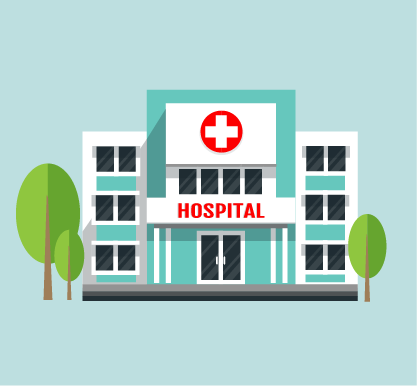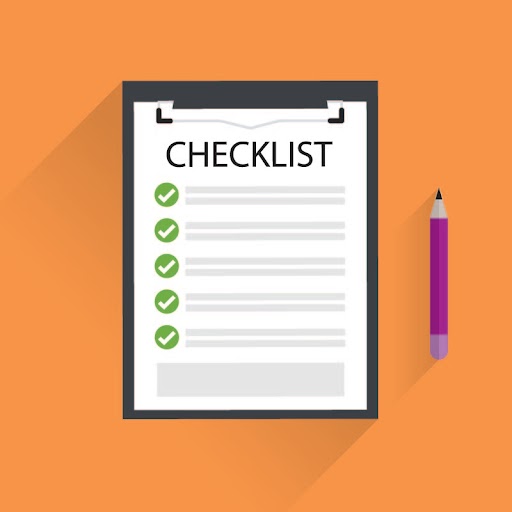Accurate and reliable food safety and temperature monitoring is essential for healthcare cafeterias and the meals they provide to patients, personnel and visitors.
Why a Food Safety Management system is essential in the Healthcare environment

All aspects of care and recovery require the right nutrition which includes healthy foods that meet dietary and medical needs and help aid in the healing process. Precise temperatures are necessary to preserve the food safety and the nutritional value of the meals that patients consume.
Additionally, healthcare staff often work long hours and expend a lot of energy in a single shift. The food they enjoy in the cafeteria needs to provide them with energy, proper nutrition, and be safe for them to consume. Family members and visitors will spend long hours supporting a loved one and depend on delicious and healthy meals to keep them going.
Providing a system that can support the proper food handling and temperature monitoring is essential to all healthcare providers – large or small. An all in one system can do it all.
Wired systems are the option currently in place at many healthcare environments settings. These systems allow for temperature data to be recorded and transmitted over a wired connection to a database. Continuous monitoring is available with wired systems.
Cloud-based temperature monitoring systems allow healthcare environments to maintain compliance with public health and HACCP regulations. By storing the temperature records securely in the cloud, administrators and managers can access and confirm accurate temperatures and completed quality checks.
IoT-based systems allow for real-time collection and transfer of food temperature data from several areas to a single database. Various components, such as temperature sensors, can be connected to an IoT system.
Wireless sensors provide the transmission of temperature data via LoRaWAN, or long range wide area network. They also send alerts when temperatures of food or medical products fluctuate out of a specified range.
Essential Components of a Temperature Monitoring System
In order to accomplish accurate and efficient temperature monitoring certain essential components must be in place.
Sensors are installed in warm and/or refrigeration units and are able to transmit temperature data through formidable materials including concrete and stainless steel.
Automated data loggers or probes help healthcare management confirm consistent temperatures in all units without the need for human-based recording, which can be erroneous and therefore inaccurate.
Monitoring software provides the ability for healthcare department managers to review daily temperatures and compare them with other sets of temperature data and look for issues, trends and insights.
Alerting systems provide instant notification via text, email or calls to approved healthcare personnel when temperatures fluctuate outside normal levels. This allows for the proper corrective actions to be taken to avoid any potential problems.
Temperature Monitoring in Key Healthcare Areas
The monitoring and maintenance of safe temperatures and humidity levels is crucial for certain healthcare areas. Whether it’s preparation, serving or storage is it imperative that appropriate temperatures are maintained.
The kitchens where meals are prepared, as well as the appliances which store food, must maintain safe and correct temperatures. Cafeterias must ensure the cleanliness of food preparation and serving areas. Employees must also have a reliable means to monitor the temperatures of products stored in the food preparation and cooking areas and have easy to use tools to track and maintain compliance.
Food safety also extends to the meals served to healthcare patients. In addition to ensuring food is at safe temperatures before cooking, it must also be at the correct temperature once it is served and reaches patient rooms. Checklists can help track both the nutrition and allergy notifications as well.
The Benefits of Healthcare Temperature Monitoring Systems
With the proper temperature monitoring systems in place, healthcare cafeterias and food storage appliances can minimize product loss.
Patient safety can be further assured with these systems, which help optimize the performance of food storage appliances, ultimately maintaining healthy temperature ranges in food until it’s been delivered.
The ability of modern systems to continuously and simultaneously monitor temperatures in cafeterias helps maintain regulatory compliance.
Alerting management to incorrect and unsafe temperature ranges in real time helps to notify of appliance malfunction, which may be contributing to higher energy consumption as well.
Assessing Your Needs
Every healthcare’s environmental monitoring needs differ. Therefore, it is important to focus on the unique needs of your organization and food safety requirements and find a system that can be customized to meet all your needs.
Evaluate the System

It’s important to evaluate the capabilities and features of various temperature monitoring systems. This ensures that your organization uses the system to its full potential and will also help you to minimize wasted expense on system features you won’t need or use.
Another significant part of your evaluation will be confirming if the temperature monitoring system offers ease-of-use and implementation across all departments and employee experience levels.
A hallmark of any quality temperature monitoring system will be its scalability. When the size and the needs of your facility change, your system should be able to adapt with minimal effort required on your part.
Budget will, of course, be one of the most important factors when evaluating monitoring systems. Though certain systems may be outside the constraints of a facility’s tight budget, their benefits and high-quality features may present a strong argument to stakeholders and decision-makers for implementation.
Best Practices for Implementing and Maintaining Healthcare Temperature Monitoring Systems
In order for your facility to ensure it gets the most value from any system, your staff must be fully trained so they are confident about using every feature. The more complete the training, the easier the system will be to use and the less time it will take for full system implementation
In ensuring that your remote temperature monitoring system receives regular maintenance, you always know that all components are working as they should. Regular maintenance includes software updates, which ensure your continued compliance with all of the standards and regulations set forth for healthcare facilities and businesses.
Fully customizable ComplianceMate temperature monitoring systems help healthcares reduce human error with accurate temperature readings and streamline every process with wireless temperature sensors, around-the-clock remote monitoring, real time reporting, and powerful data analytics.
Are you interested in seeing how ComplianceMate wireless temperature monitoring solutions can meet your facility’s medical and food safety needs? Simply schedule a no-cost live demo. We will customize our system for your facility so that you can see all of its benefits first-hand.


